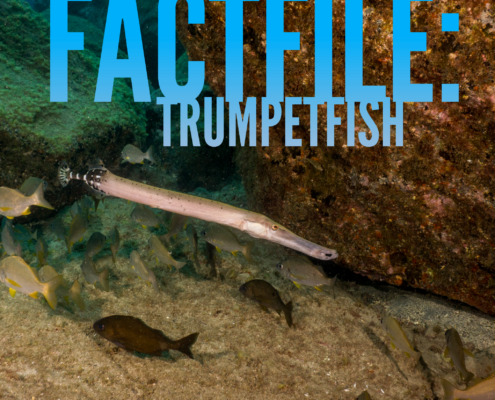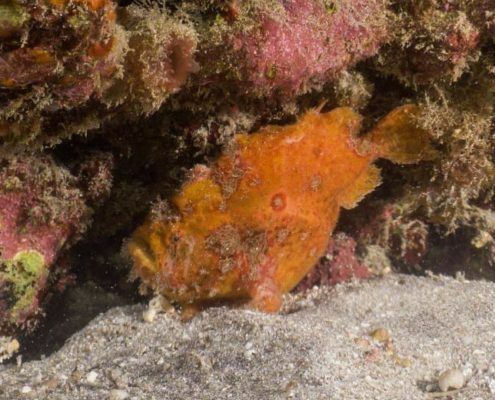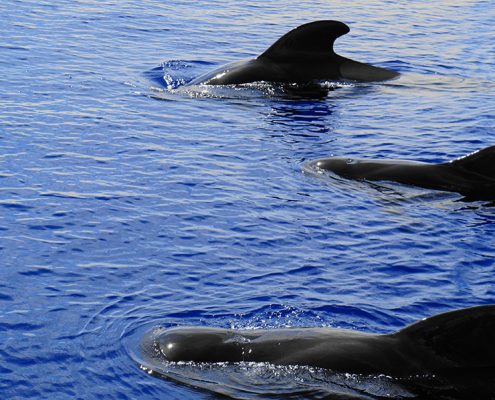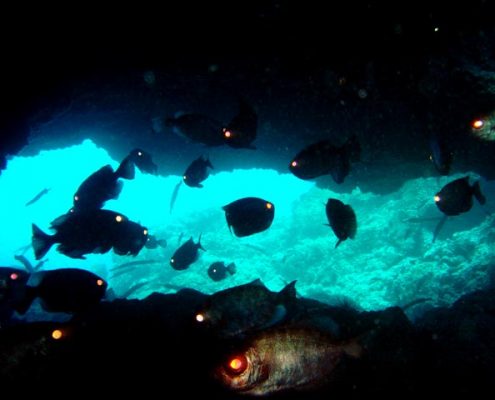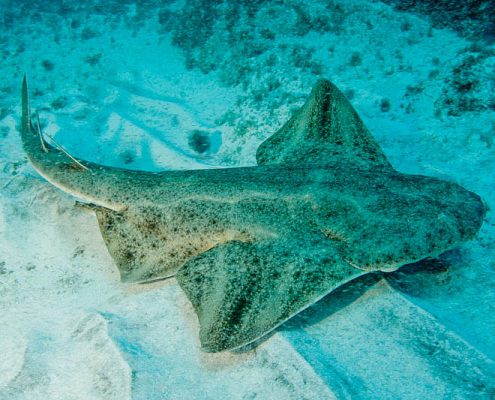Rays – Did you know…?
A little bit of info about these popular Tenerife residents
Rays are famously very common in the waters around Tenerife; and there are several different species who thrive here. They are always a welcome sight on the dives, so here is a little bit of information about these graceful, fascinating creatures.
Rays
Rays are close relatives to sharks, and share a few interesting characteristics. One of these is that both sharks and rays are cartilaginous fish, meaning that their ‘skeleton’ is made from a tough elastic substance, rather than bone.
There are approximately 560 different species of Ray found world-wide. Most live in tropical and subtropical coastal ocean waters, although a few species live in freshwater rivers.
Around Tenerife we regularly encounter Common Stingrays, Roughtail Stingrays, Bull Rays and Butterfly Rays – others such as Torpedo Rays and even Mobulas make occasional appearances.
Stingrays
As the name rather suggests, stingrays are armed with a stinging barb on their tail which can be used for defense. Not all Rays have this, however, so not all Rays are Stingrays.
Stingrays are not at all aggressive and have only been known to attack humans when provoked – typically being stood on by people wading in shallow water. If Stingrays are known to be present, bathers are recommended to do the ‘stingray shuffle’ – shuffling their feet through the sand to alert any rays which may be relaxing nearby.
Typically a sting from a ray will be very painful but not deadly. Famously, in 2006 Steve Irwin was tragically killed when a stingray barb struck his heart. This was a very high-profile incident, but in reality an incredibly rare occurrence.
Long History
Rays, like sharks, have been on the planet for a very long time. It is not easy to know exactly how long since the cartilaginous structure does not lend itself to fossilisation, but there is evidence which suggest that Rays have been on the planet for around 150 million years! By as long ago as 100 million years, all major taxa of Rays had already been established.
Interestingly, in ancient Greece venom was extracted from the rays to be used as an anesthetic by dentists.
Propulsion
One distinction which can be made between different Ray species is that some flap their fins as if they were wings whilst others undulate their fins creating a wave-like pattern to push themselves forward.
Feeding
The vast majority of Rays are benthic species, meaning that they feed on the sea-floor. For this, their mouths are located on their underside while their eyes point up allowing them to look for danger. Since they are unable to see what they are eating they use smell and special electroreceptors named ampullae of Lorenzini – another trait which they share with their shark cousins.
Typically stingrays feed on small fish, snails, clams, and shrimp, and some other small sea creatures.
Notable exceptions come in the form of Manta and Mobula Rays, often collectively known as Devil Rays. These are pelagic species (they feed on creatures found in the water column) whose mouths are located on the front of their bodies and who have special flaps used to channel food into their mouths.
Reproduction
Most rays are Ovoviviparous meaning that their young are developed inside an ‘egg’, but this egg is stored and hatches inside the mother’s body – the rays are born fully developed. This kind of internal fertilisation is advantageous as it conserves sperm, does not leave eggs vulnerable to predators and ensures that all energy involved in reproduction is retained and not lost to the environment.
Not all Rays do this – some species are oviparous (they lay eggs). After the egg hatches, it is common to find the egg casings washed up on beaches where they are often known as mermaid’s purses.

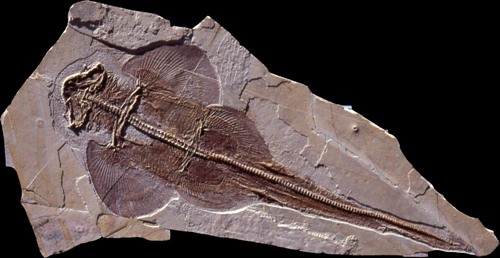
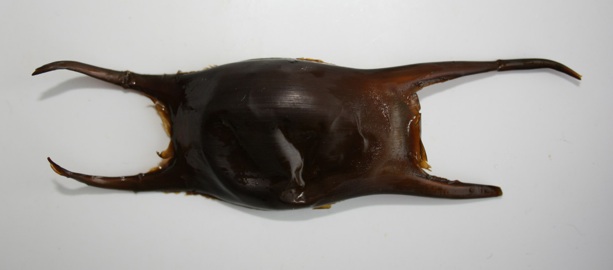
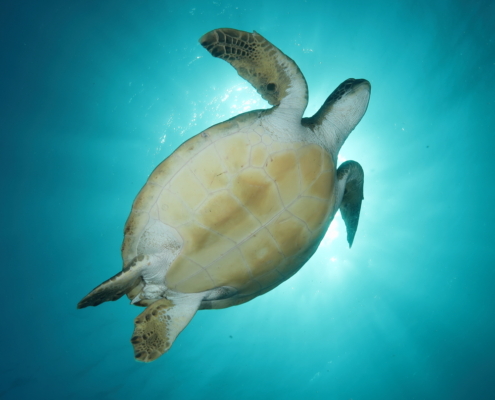 Ben Hawkes 2022
Ben Hawkes 2022